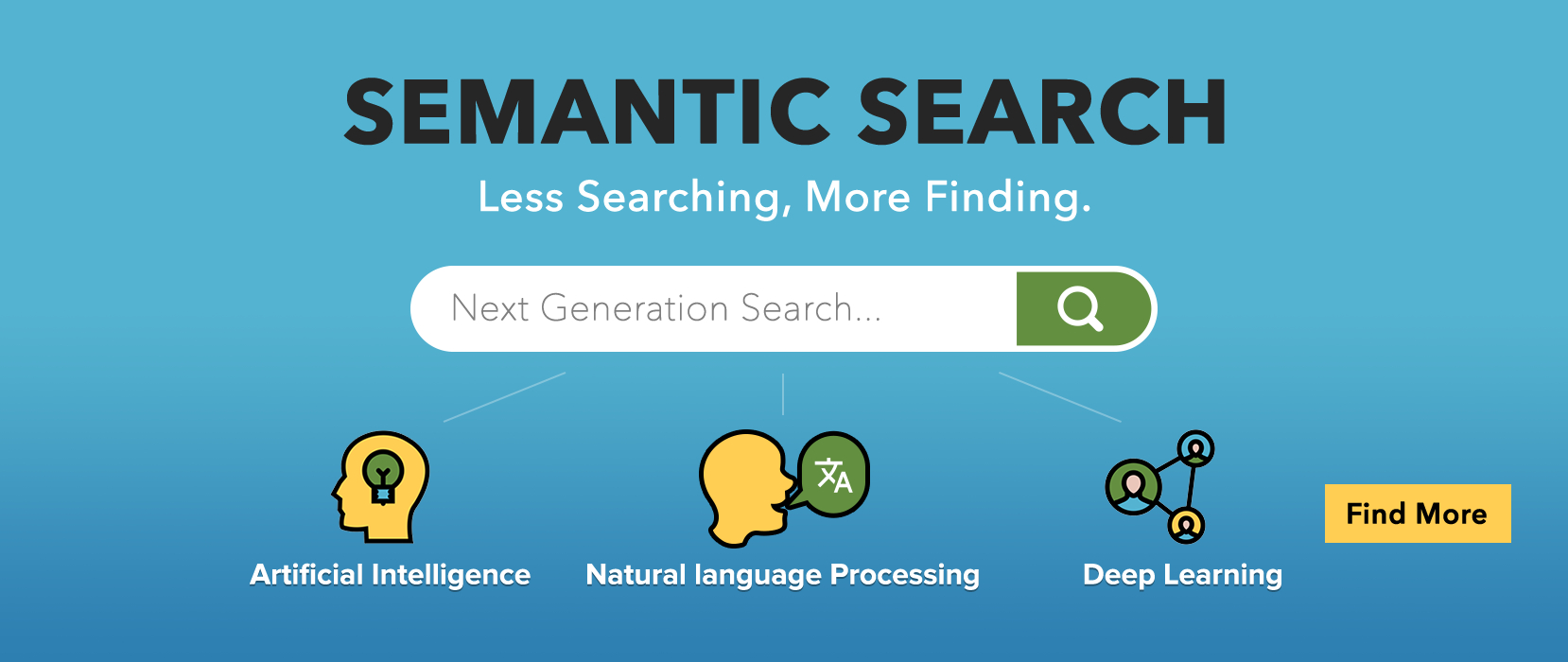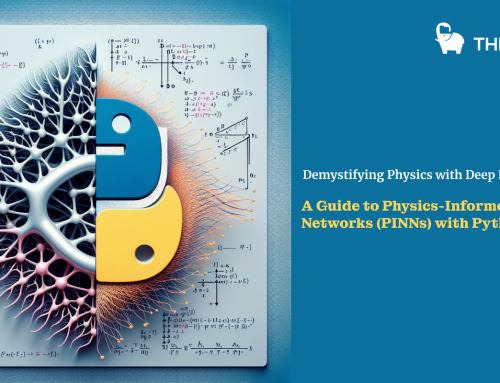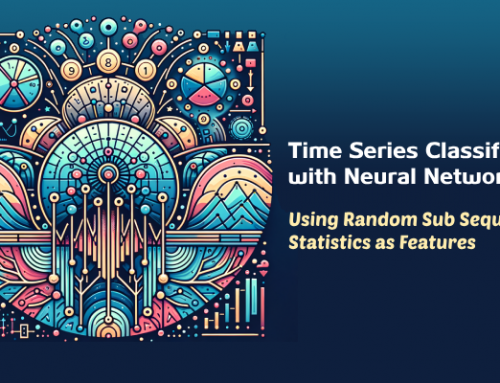Semantic Search: Less Searching, More Finding.
The humble search engine has come a long way since its conception in the early 1990s. Yet only recently has it taken serious strides towards giving much more nuanced and relevant responses, with the help of artificial intelligence (AI) technologies machine learning (ML) and natural language processing (NLP).
Incorporating the capabilities of AI into search engines creates semantic search. No longer are searches based on keywords and their dictionary definition: Semantic search means understanding the intent behind the query and representing the “knowledge in a way suitable for meaningful retrieval,” according to Towards Data Science.
Semantic Search uses ML to learn from the results of past queries to further hone and improve accuracy and relevance. NLP comes in to let the searcher phrase their queries in a conversational way, as they would if they were speaking to a human. This allows them to spend less time thinking of the best keywords related to a certain search.
Unlike its keyword-based predecessor, semantic search can process data from a range of sources, including email, social media, documents, PDF., images, video, and audio. This expands the possibilities for the searcher hugely by allowing them to use all of the materials at their fingertips to find what they’re looking for.
Let’s dive into the potential semantic search holds for businesses across the board.
Semantic Search is a worthwhile investment for organizations
There isn’t an organization out there that doesn’t stand to benefit from receiving faster, more accurate, and higher quality results. By excluding irrelevant information and delivering only the most accurate responses, semantic search facilitates less searching, and more discovery.
For example, let’s say an underwater welder is looking for equipment to complete a job on a 1,500ft deep oil rig in the Gulf of Mexico. A keyword search would not understand the multifaceted nature of this job, and might only provide results related to welding. A semantic search would understand the context behind such a project, and understand that the searcher is a diver first, and welder second. It would offer relevant results such as a hyperbaric chamber and take into account factors like working conditions and water currents.
Semantic search can provide other business benefits by combining NLP with a user-friendly interface, making it easy for anyone to interact with and immediately find the results they are looking for. Having quick access to accurate results helps inform decision-making and powers productivity in businesses of all sizes. Semantic search can also unify unstructured data from diverse sources to draw insights that help drive business growth and development.
Where have we seen Semantic Search so far?
Unsurprisingly, Google has been leveraging semantic search to improve its user experience since 2013, when it launched the Hummingbird update. This update introduced “conversational search” into its capabilities, meaning the context of the whole query is taken into account, rather than the individual words.
In 2015, Google launched RankBrain, a machine learning system that also seeks to understand user intent behind searches. RankBrain represented a step up as its algorithm learns by analyzing the best-performing search results, identifying the most accurate response to a search even if it doesn’t contain the exact words used in the query.
Online retailer Zappos recently implemented semantic search into its website to allow its site users to find exactly what they were after, quickly and easily. The company’s chief data scientist explained that the technology not only understand the context of the search term, but also tailors the result to each customer’s past search data. Zappos is hence able to individually serve each of their customers with the results that are most relevant to them.
As the value of semantic search becomes more visible, organizations all over the world will increasingly adopt platforms like that of Microsoft Azure and AWS Comprehend that enable them to leverage the technology without investing in building it themselves.
What should be considered before adopting Semantic Search?
While semantic search will undoubtedly provide an ROI for businesses that adopt and use it with a clear purpose in mind, there are still some things that need to be considered. In order for smooth implementation, the enterprise needs to have a clear sense of what outcomes it is looking for, and then make sure to feed the search engine the appropriate data in the right quantity.
Efficient use of semantic search also means breaking down any data silos that occur within an organization to make sure that no crucial information is missed. By ensuring that employees are open with the necessary data and that there is proper technical planning, organizations will be able to train their semantic search engine to produce the most informed and accurate results.
It might seem like semantic search is a well-developed technology, but in reality there is still a long way to go. But that’s not to say that we should wait until its full capabilities have been realized to start making use of its many benefits: With semantic search, businesses of all types can facilitate faster and more-informed decision making, improve user experience, and ultimately drive their bottom line forward.









